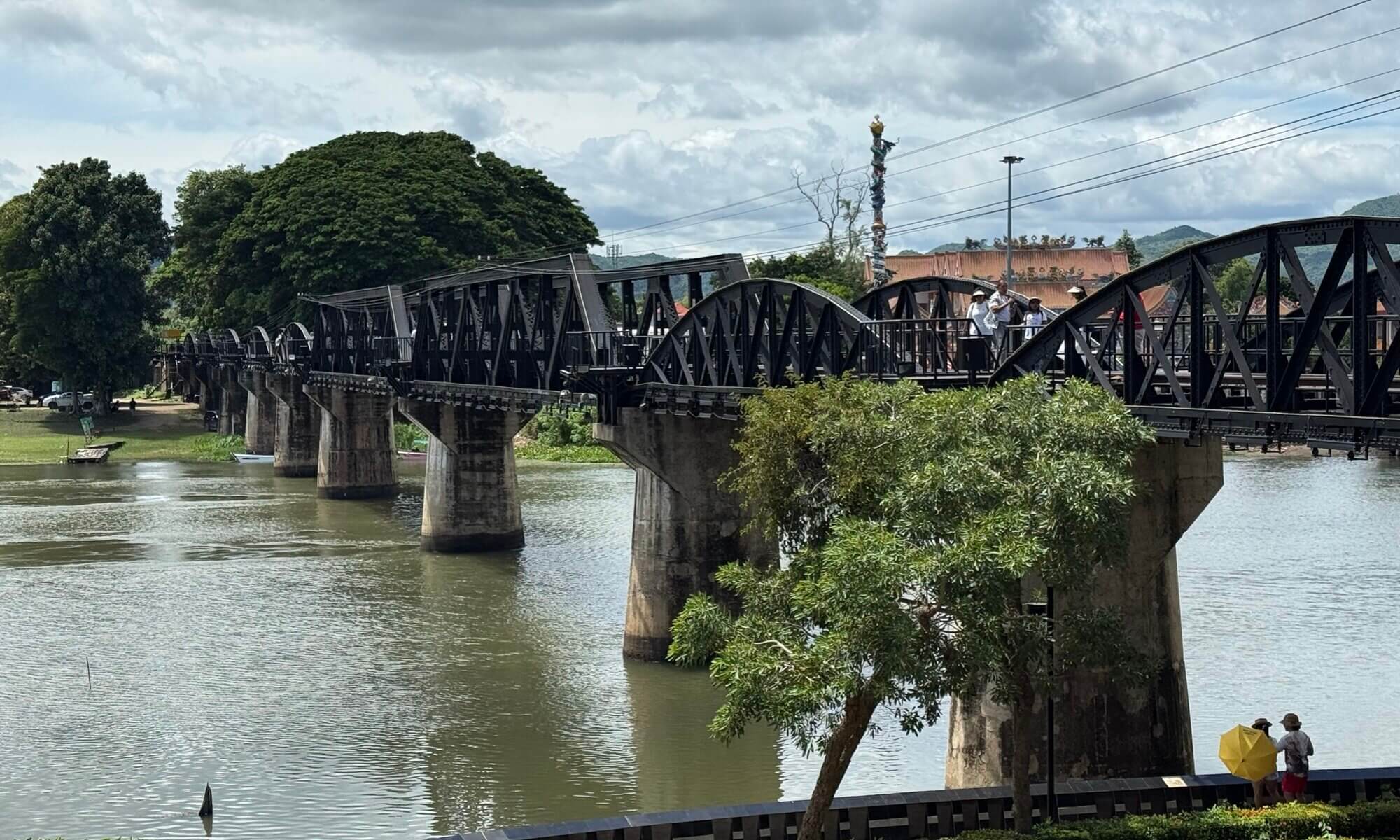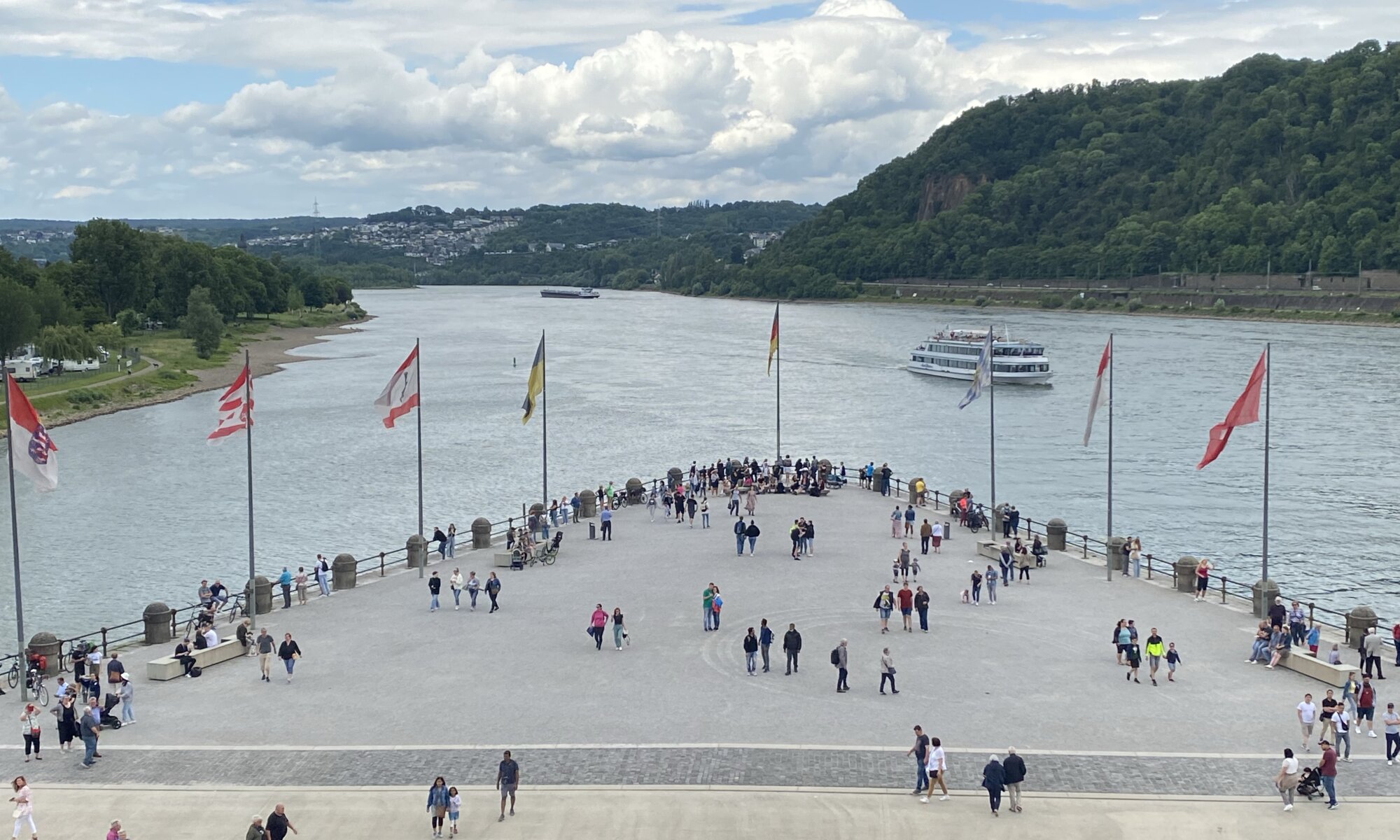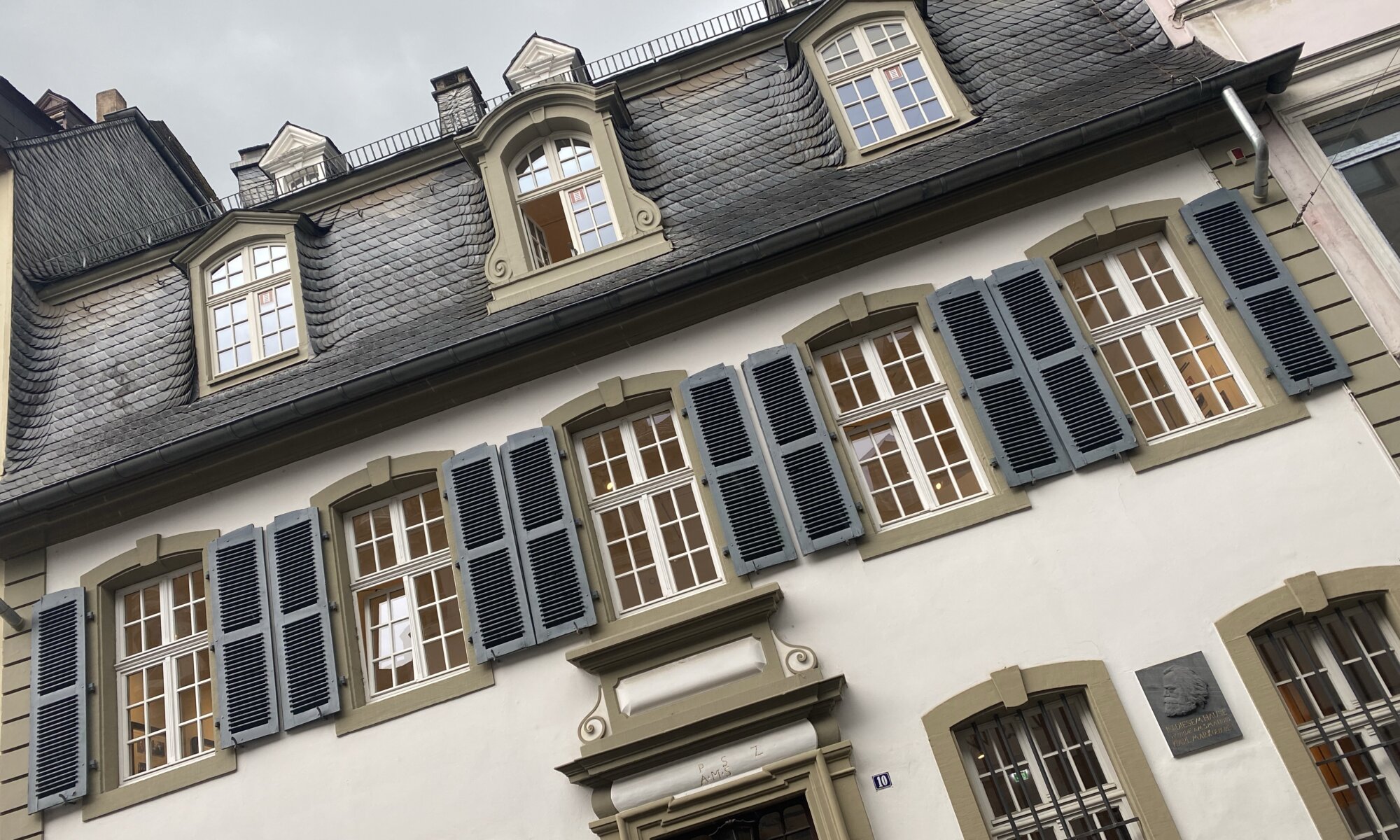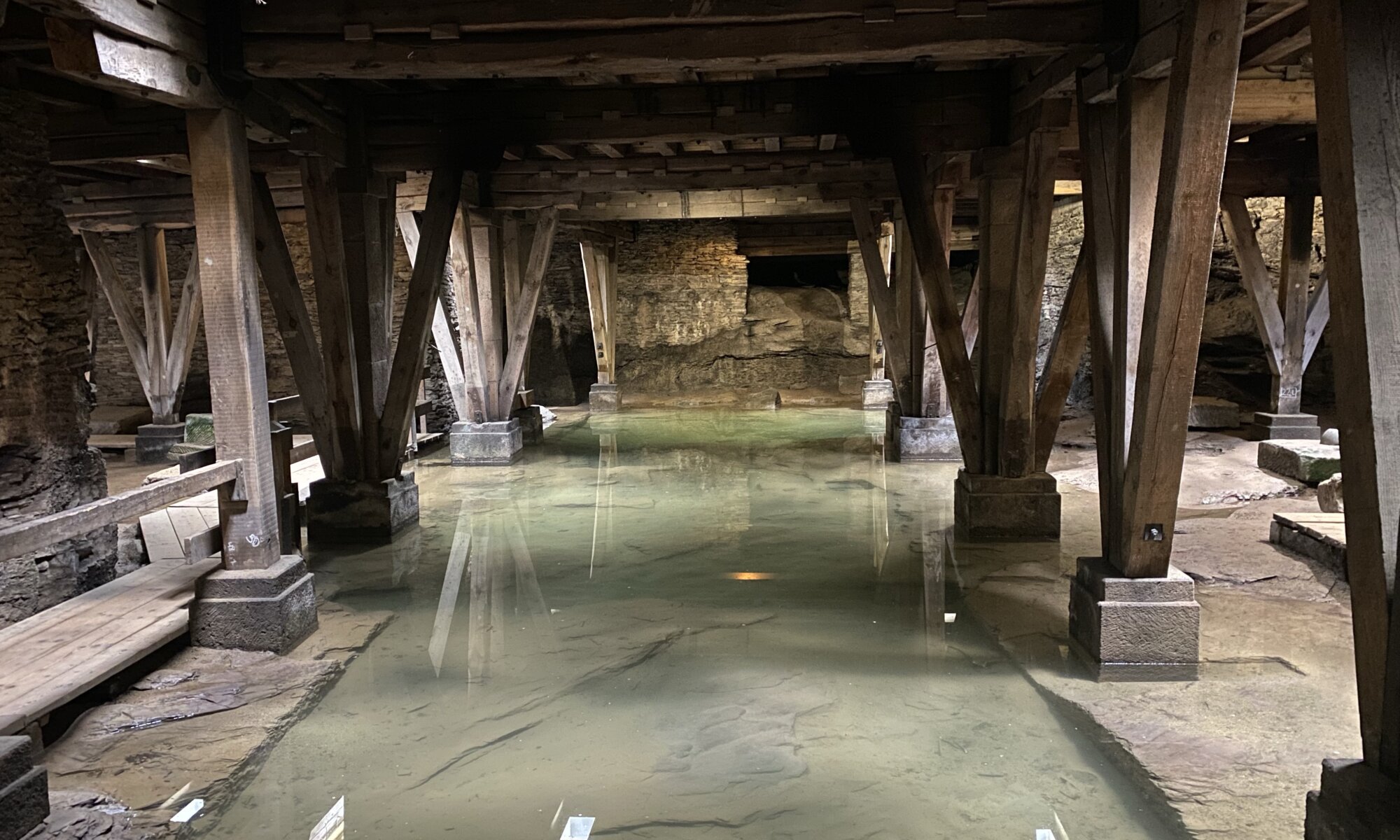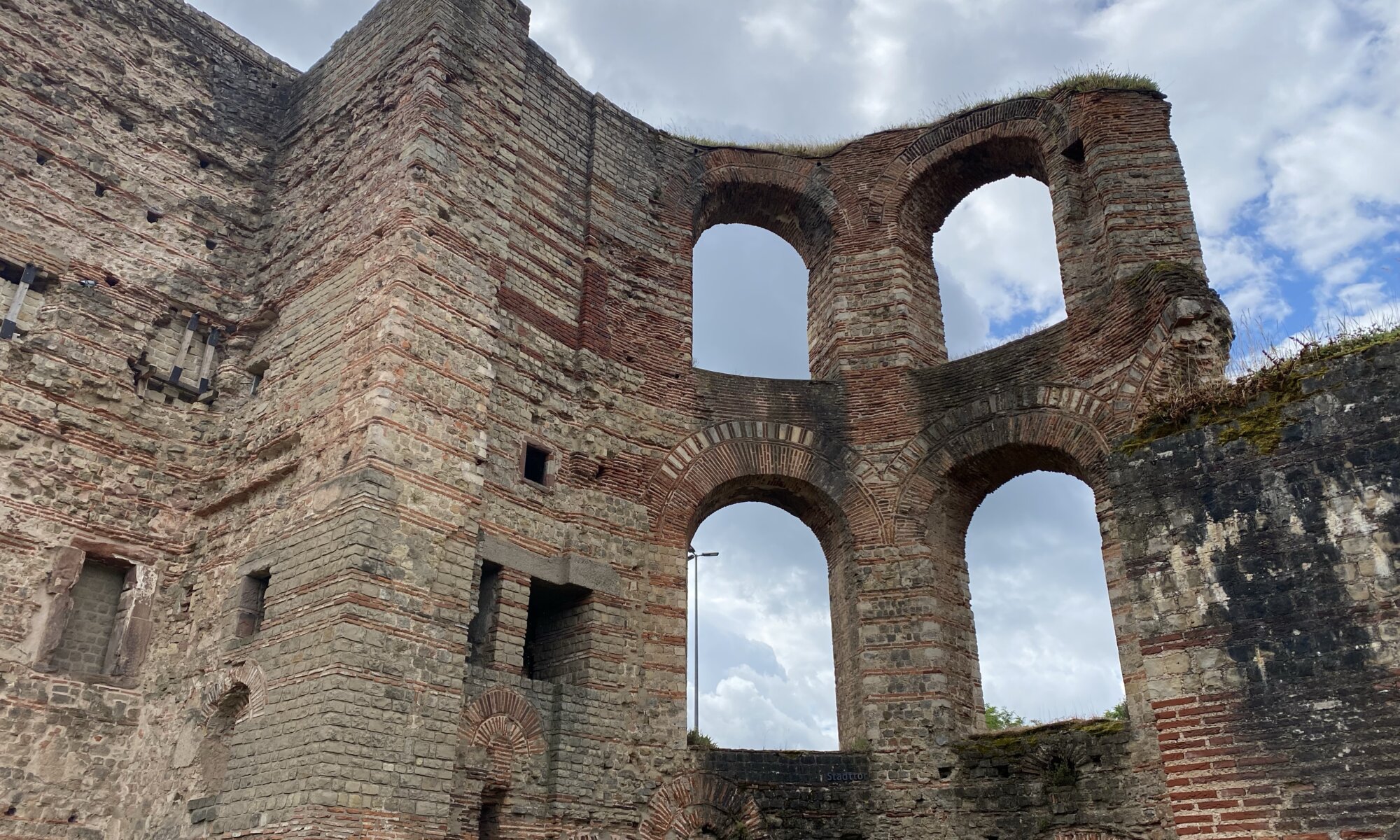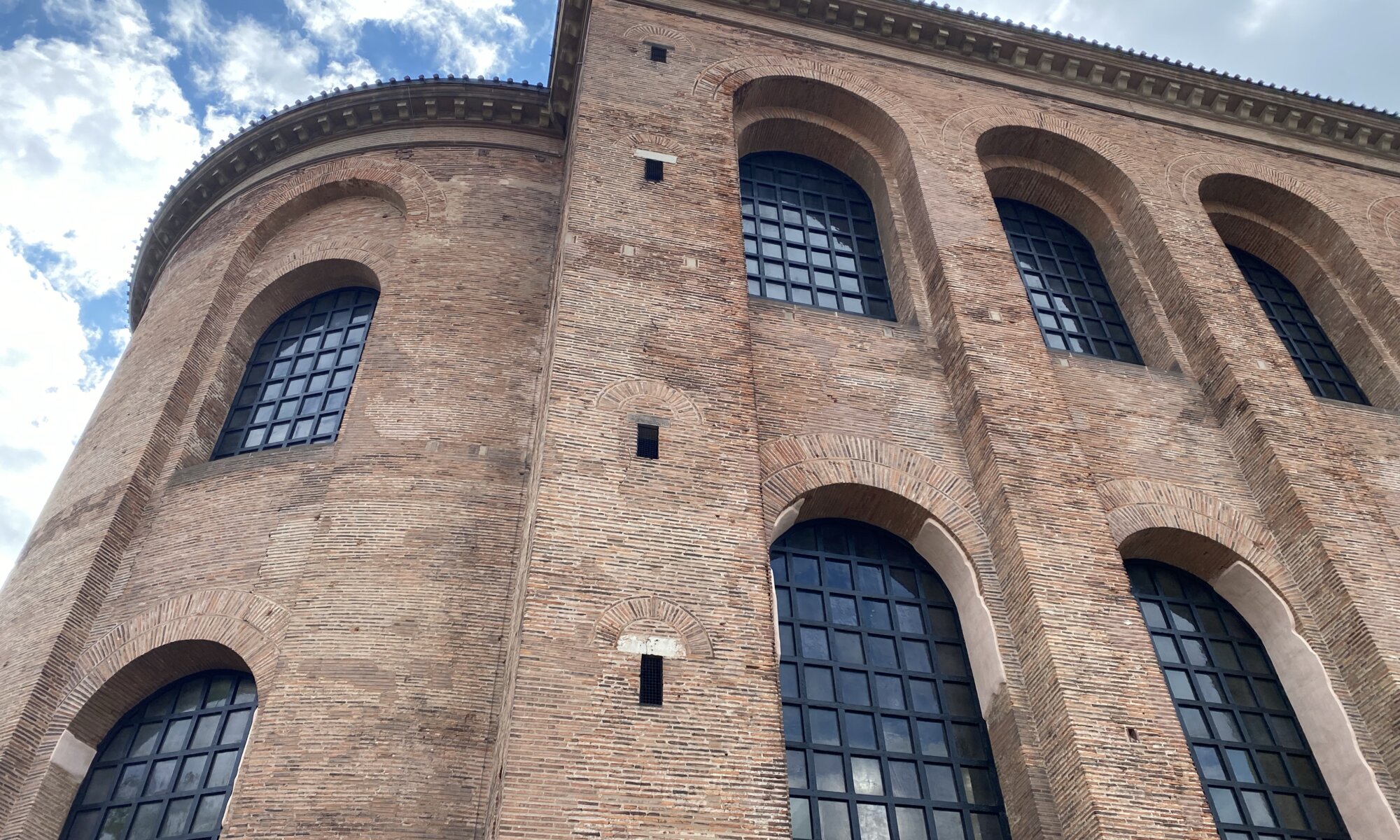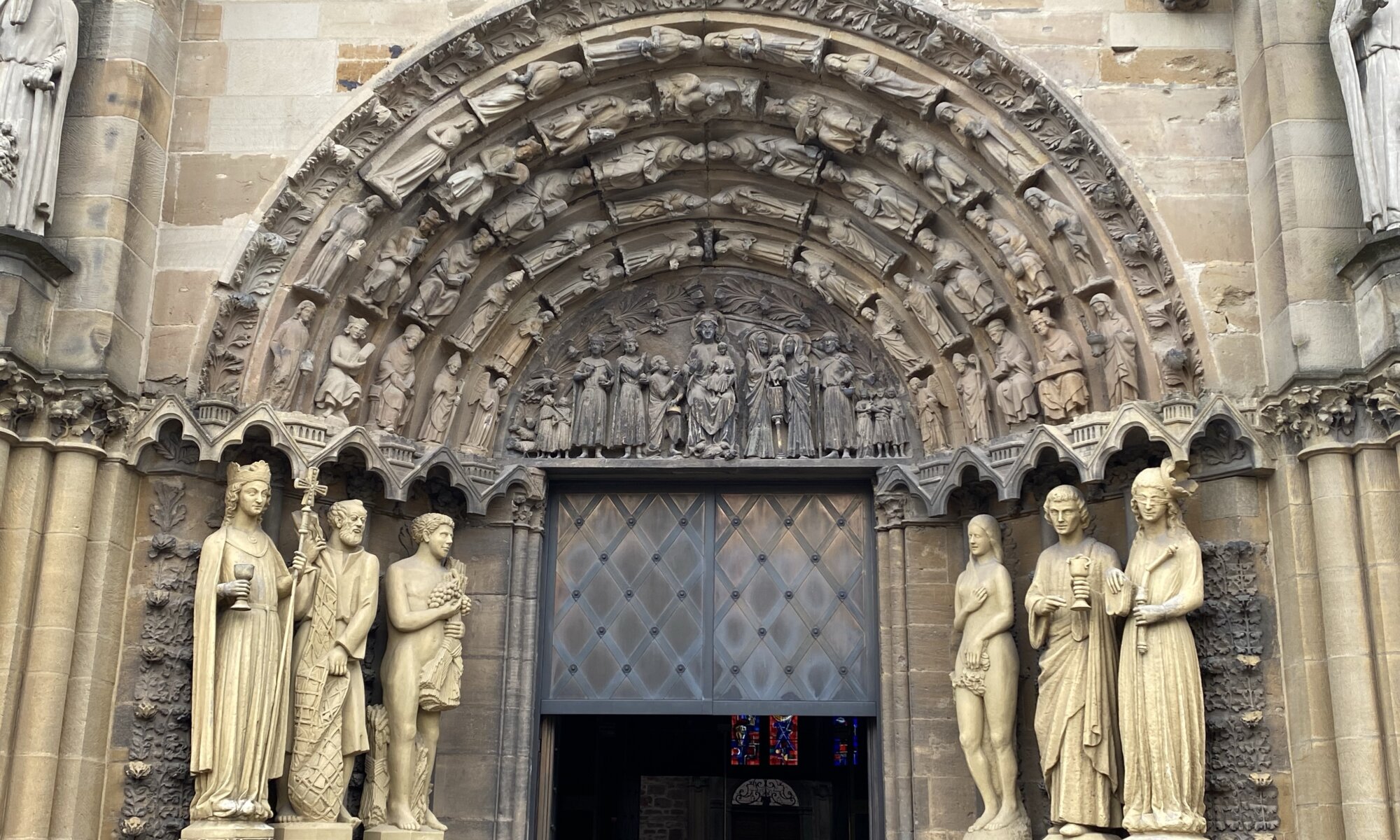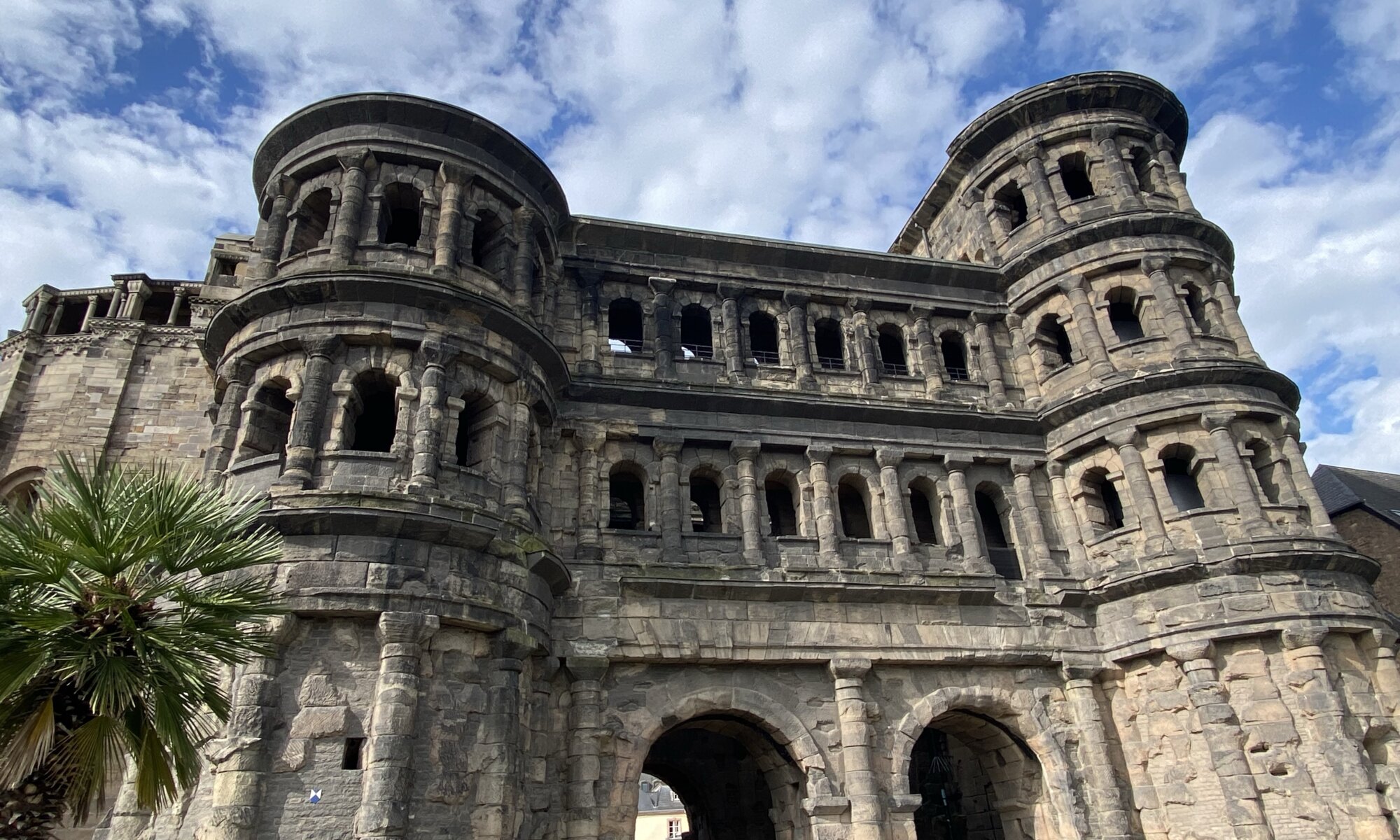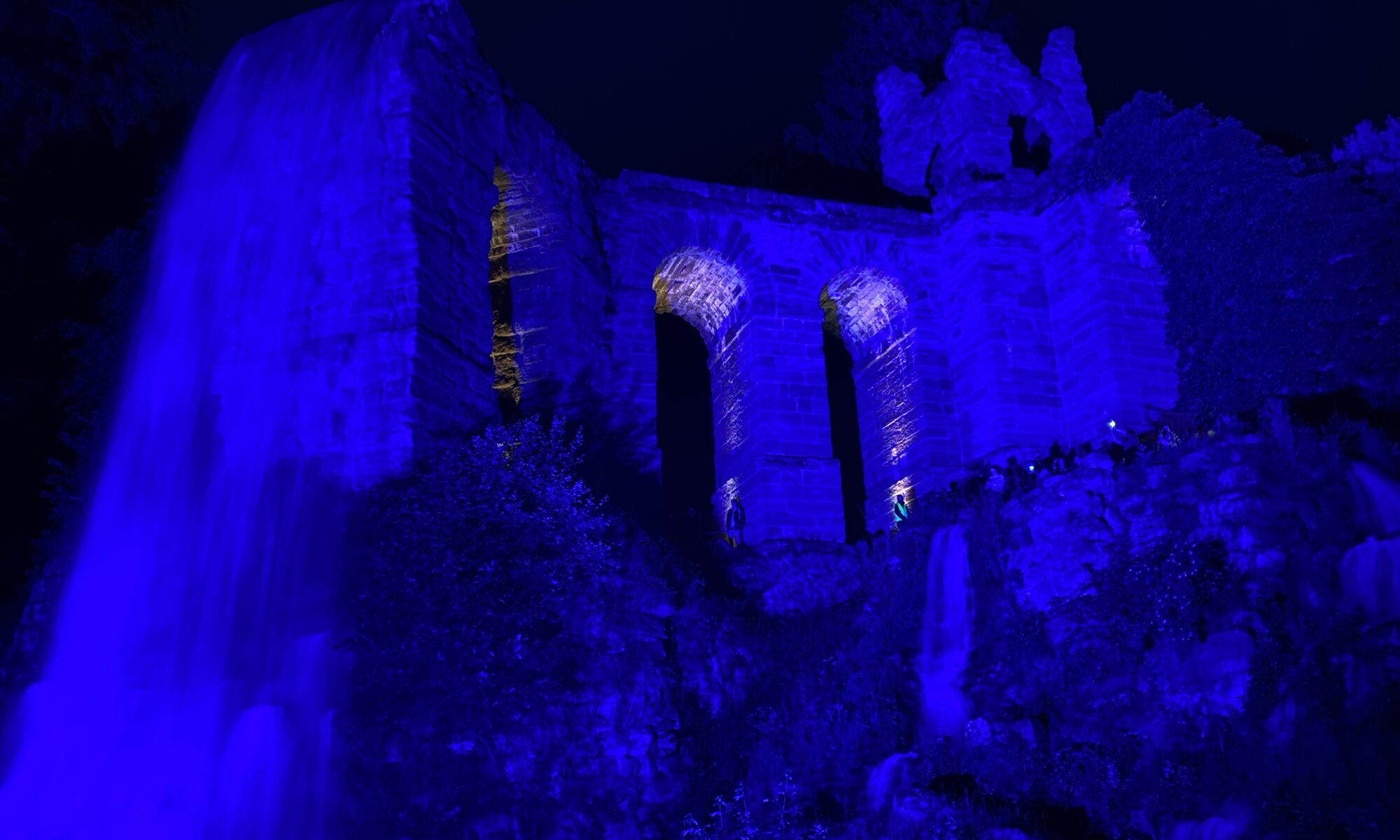Every year a lot of tourists visits a land tongue at the confluence over the rivers Mosel and Rhein: the Deutsches Eck at Koblenz. On it you can find the Kaiser-Wilhelm-Denkmal, a problematic memorial when looking at the design and the inscriptions. It features the monarchy and nationalism, it includes the former eastern parts of Germany (east prussia, silesia and pomerania) in the list of German federal states.
Continue reading “Deutsches Eck”Birthplace of Karl Marx
Most people in the world probably know Karl Marx: the author of the Communist Manifesto and Das Kapital (Capital: A Critique of Political Economy), the father of Marxism and famous thinker of the Socialist and Communist world. But did you know that he was born at Trier, Germany?
Continue reading “Birthplace of Karl Marx”Underneath the arena
Slightly outside the city center but only a short walk away from the Kaiserthermen of Trier you can discover the ancient Roman Amphitheater. The arena is well-preserved and it is easy to image where the visitors were seated and how the ‘games’ happened.
Continue reading “Underneath the arena”Bathing with the emperor
One of the main sights of Trier are the Kaiserthermen: ancient roman baths. It is today mostly a ruin, but you can still see some arcs standing and walk through the underground tunnels that have been restored. What can still be seen is astonishing as the building dates back to the year 300 CE. It was used by the Romans as a public spa and also as a military ground.
Continue reading “Bathing with the emperor”Konstantinbasilika
The massive Konstantinbasilika at Trier is a special church. The architecture is plain, the walls are high and inside this house of prayer is mostly undecorated. When the Roman emperors used this place in the fourth century it was a hall for audiences.
Continue reading “Konstantinbasilika”Liebfrauenkirche & Dom
The Liebfrauenkirche of Trier is one of the oldest Gothic-style churches in Germany (together with the Elisabethkirche of Marburg). Therefore it is enlisted in the list of UNESCO world heritage sites and very well worth a visit! What might be confusing at first sight is that the cathedral of Trier and the Liebfrauenkirche (two separate churches) are directly connected to each other.
Continue reading “Liebfrauenkirche & Dom”Porta Nigra
The Porta Nigra is simply amazing: a decorated and well-preserved Roman city gate at Trier. You can enter the building and climb up three floors to enjoy the architecture and wonderful views on the city. The gate to the city Augusta Treverorum was built from the year 170 CE on, but it was never finished.
Continue reading “Porta Nigra”Water & light
The highlight of the Bergpark Wilhelmshöhe at Kassel are the historic water features or water games. To show their power the landgraves were even taming the elements and in this case controlling water: behind the Herkules monument, water is collected in large basins. At dedicated points in time it is floating down the hill without any electricity, creating sounds and fountains. Twice a year this event is started at dawn and the places in the Bergpark are beautifully enlightened – this is called the ‘Beleuchtete Wasserspiele‘.
Continue reading “Water & light”Film-Shop
It is a relic from the old times, but someone needs to show the kids of today that there was a world before video streaming and without Netflix. That in the past we had to walk to a video store where we could be VHS (Video Home System), DVD (Digital Versatile Disc), BluRay media (and buy drinks, chips and fruit gum). That we needed to pay a penalty fee when we returned them too late. Many video rental stores have been killed by the streaming industry (and us as the customers), but one survived: the first, the world’s oldest.
Continue reading “Film-Shop”Im Schacht
The Erzgebirge (ore mountains) or Krušné hory is a mountainous region belonging to Germany and the Czech Republic. People get there to enjoy nature, for skiing, to learn more about mining history or to buy artisan products like Räuchermännchen (incense smokers) or Schwibbögen (candle arches) for their Christmas decorations. For me it was a long trip by car just for watching a soccer match at the Erzgebirgsstadion, home of the FC Erzgebirge Aue.
Continue reading “Im Schacht”